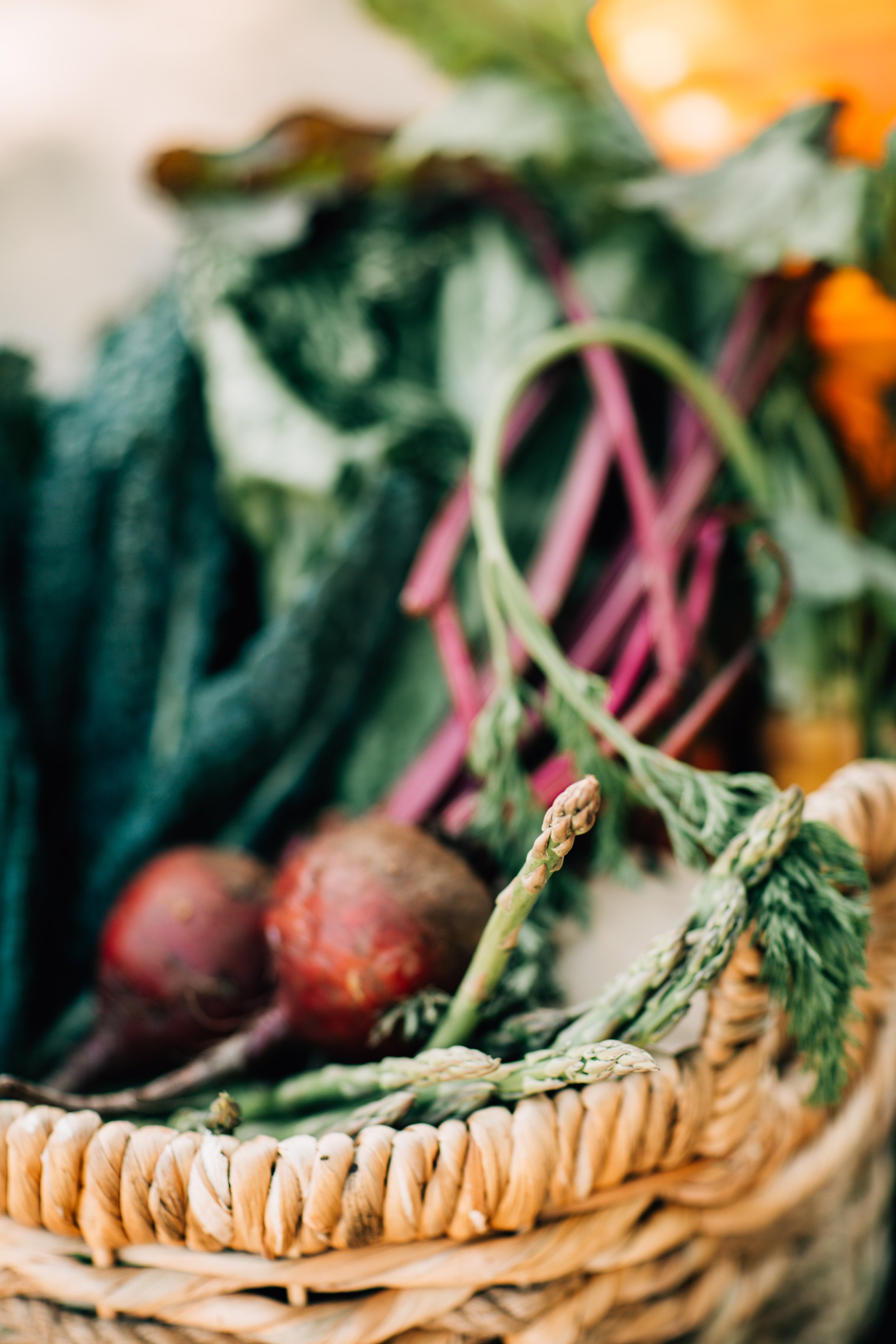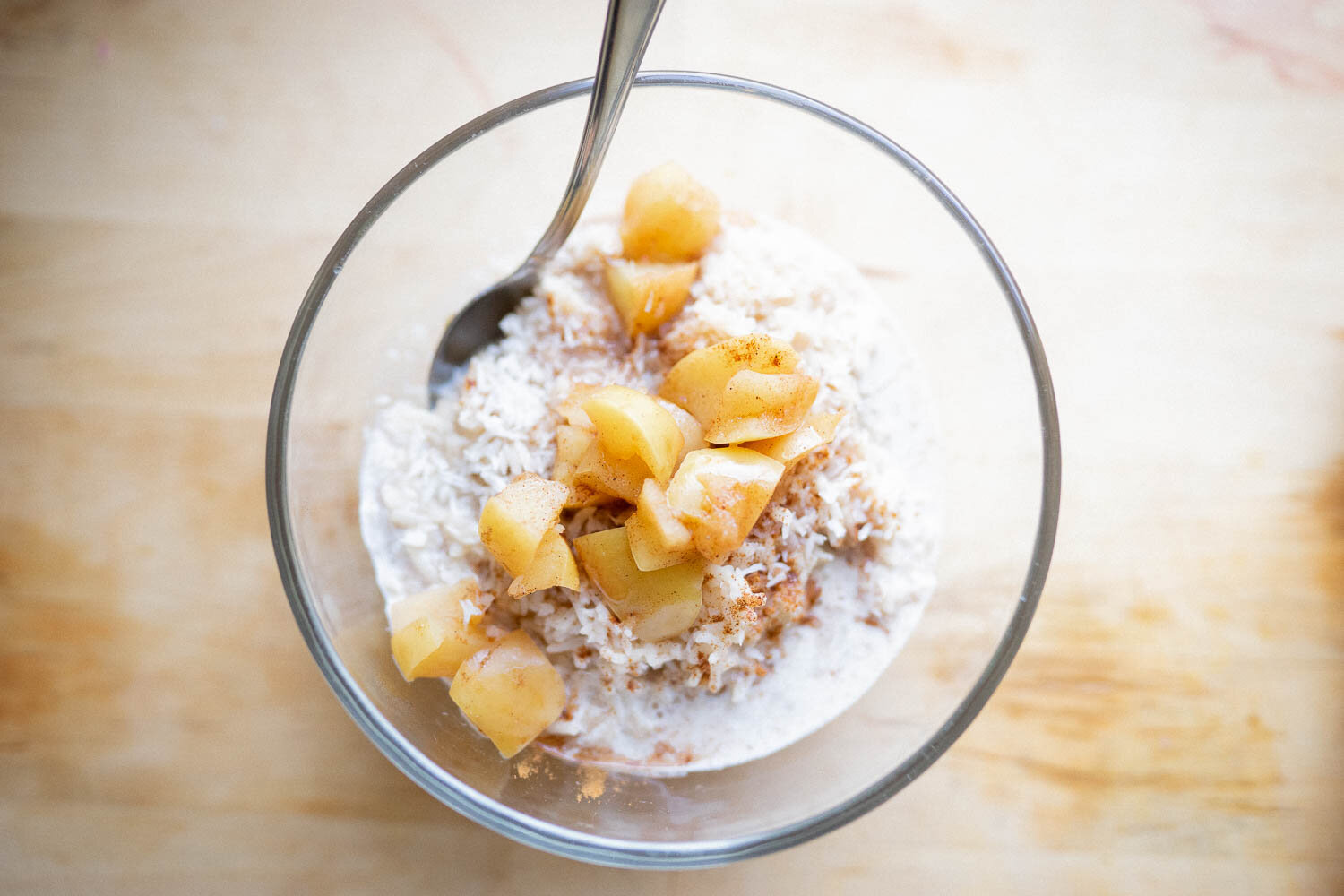
3 Easy Ayurvedic Date Recipes - Dessert or Snack!
Three quick and easy date recipes for your sweet fix! Delight in Tahini Stuffed Dates Boats, Pecan Pie Bites or a Ojas building Date Shake. Dates are revered as an Ayurvedic superfood. They are high in antioxidants and said to nourish our “ojas,” our immune boosting life force. Considered Sattvic in nature, dates make a a nutritive tonic that promote peace of mind.
Full Moon Ghee
Ghee is one of Ayurveda’s sacred tonics, considered to be tri-doshic and beneficial for building “Ojas” or our immune boosting vitality. It boasts a wealth of health benefits and promotes proper digestion. It is believed that the best time to make ghee is during the waxing full moon which imbues the moon’s deeply nourishing essence of into the rejuvenate elixir. Here is how to make your own ghee!
Digestive Spice Blends for Vata, Pitta and Kapha
Spices have the ability to enhance our metabolic activity and affect various tissues of the body in integrative support. Below are three Ayurvedic spice blends - for Vata, Pitta and Kapha - to assist you cooking ritual with flavor, intention and enhanced Agni or digestive fire.
Ayurvedic Gatorade
A simple and effective beverage to replenish your hydration and restock electrolytes. Perfect for Pitta and Vata imbalances.
Sweet Stewed Apples
A delicious delight when your body and heart need warm, grounding nourishment. Stewed apples are easy to digest and grounding, especially for Vata imbalances are in the colder Autumn and Winter months.
Slow Cooked Coconut Cardamom Rice Pudding
Enjoy this warm, grounding breakfast pudding or call it a dessert. This recipe is particularly pacifying for Vata and Pitta. The cardamom helps sooth digestion, while the warm coconut hydrates and nourishes the tissues of the body.
Un-Beet-able Hummus
Un-beet-able hummus makes for a delicious addition to any meal or grounding snack. It’s easy to make. Beets are loaded with essential nutrients and can be especially beneficial for Pitta imbalances. Chickpeas are a plant-base protein packed with fiber.
Green Tea Ginger Shiitake Miso Soup
A crockpot favorite, inspired by Jennifer Iserloh. Love this for it’s antioxidant kick, thanks to the green tea. Detox super powers due to the kale. Shiitake mushrooms, serving up the amazing immunity booster.








